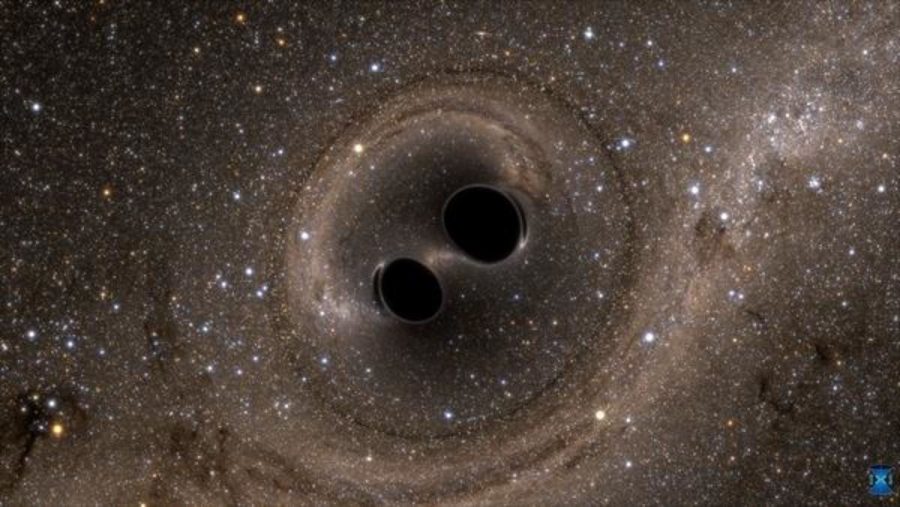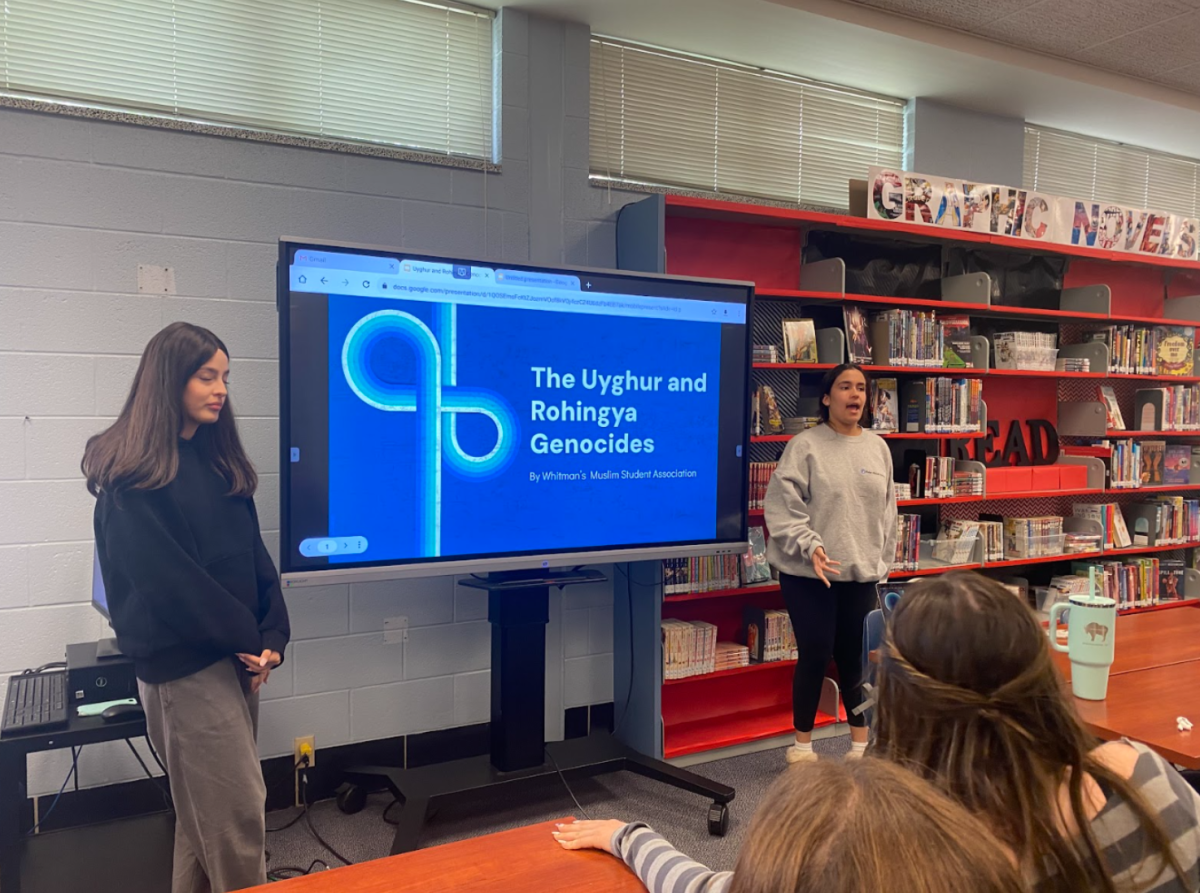In his 1915 Theory of General Relativity, Albert Einstein predicted that space and time were connected, and that collisions of massive objects can create ripples and warp space-time, known as gravitational waves. Over 100 years later, a team of scientists at the Laser Interferometer Gravitational-Wave Observatory (LIGO) announced they had made the first-ever direct observation of two black holes colliding and producing these gravitational waves Feb 11.
“The advance is enormous!” said Alessandra Buonanno, a principal investigator in the LIGO Scientific Collaboration, division director at the Max Planck Institute for Gravitational Physics, and physics professor at UMD.
But why do black holes over one billion light years away matter?
“Since we are observing the final moments of the life of a binary black hole system, when the two black holes come closer and closer, moving at almost the speed of light, and then merge, we can check if the signal deviates from the one predicted by Einstein’s theory of General Relativity,” Buonanno said in an email.
LIGO’s discovery not only confirmed the theory, but also made other major breakthroughs.
Cole Miller, an astronomy professor at UMD who studies black holes, explained that the two black holes that LIGO found are each at least two times the size of any previously observed black hole. When they collided they broke the size record again, producing a new black hole about 62 times the mass of our sun and releasing more energy than the total amount of energy emitted from all the stars in the universe combined.
For such a big discovery, though, most of the evidence is actually very small. With two detectors set up on opposite sides of the United States, the distance in space-time affected by gravitational waves in LIGO’s test was about a 200th the size of the radius of a proton, Miller said.
Over the 40 years LIGO worked on creating tools precise enough to measure such a small distance, advances in mirror and LASER technologies and new ways of manipulating light were developed.
“These are technological advances that I could easily imagine, in years to decades, could eventually make its way into the marketplace,” Miller said.
Buonanno said that it might be years before the actual discovery impacts daily life, but more immediate implications are certainly possible.
“When Einstein proposed his theory of General Relativity, he certainly didn’t anticipate that one day this theory would be used for the Global Positioning System that we employ in our cars,” she said.
But for Buonanno, it doesn’t matter how or when daily life is affected.
“This discovery is like a piece of art or music,” she said. “It doesn’t matter if it won’t have any practical application. It’s amazing that we can use math and physics to explain and describe in great detail something that happened 1.3 billion lights years away and that we saw for half a second!”













Luisa Symmans • Mar 4, 2016 at 8:25 pm
What an engaging article. Natalie Welber consolidated complicated material into a fascinating read.
eileen dwyer • Feb 18, 2016 at 8:58 am
Thank you Natalie. I particularly liked your concluding paragraph comparing the discovery to “a piece of art or music.” That human intelligence is capable of making such a discovery is, in itself,, awe inspiring.